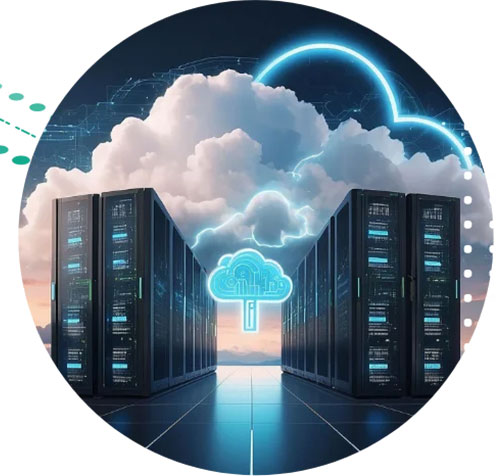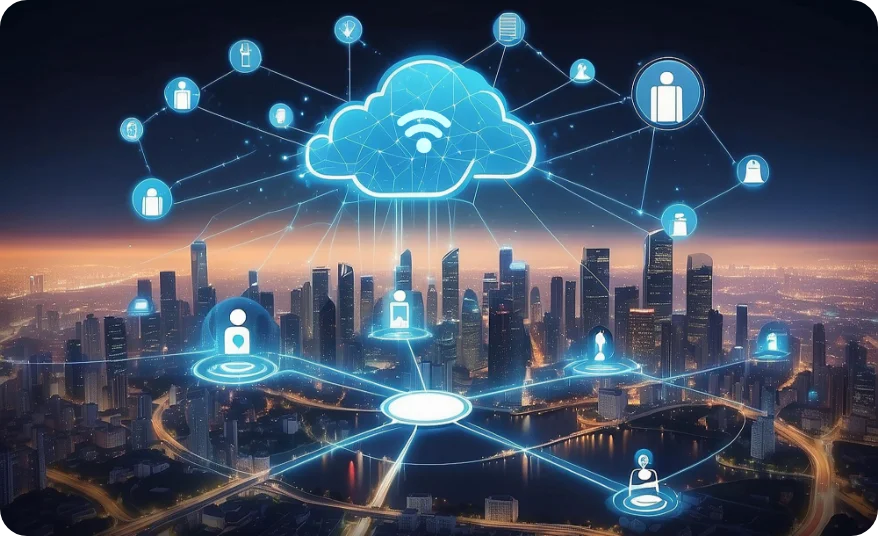
Blogs and Articles

Cloud Access Control Issues That Expose Critical Workloads
Cloud access control issues have quietly become one of the most dangerous — and least visible — threats to enterprise security.
CIO Association – Ahmedabad Chapter
Sify participated as a Platinum Partner at the CIO Association Ahmedabad Chapter held on 8th November 2025 in Ahmedabad, Gujarat. The event witnessed participation from over 120 delegates, representing leading organizations across industries.
CIO Association Leadership Symposium
Sify was the “Gold Partner” for the CIO Leadership Symposium Delhi 2025. The event was a vibrant showcase of innovation, collaboration, and strategic vision in the tech space.
CIO Association Bangalore Chapter – Habba 2025
Sify participated in an exclusive knowledge-sharing breakfast session hosted by CIO Klub in Chennai, centered around the theme “Beyond Boundaries: Securing the Cloud-First Enterprises.”
CIO Association Coimbatore Tech Bash 2025
Sify was the exclusive “Title Partner” for the CIO Association Coimbatore Tech Bash 2025. The event was a vibrant showcase of innovation, collaboration, and strategic vision.
CIO Association Knowledge sharing breakfast session
Sify participated in an exclusive knowledge-sharing breakfast session hosted by CIO Klub in Chennai, centered around the theme “Beyond Boundaries: Securing the Cloud-First Enterprises.” The event provided a dynamic forum for thought leadership and strategic alignment in a rapidly evolving tech landscape.
CIO Association Tech Saga Pune Chapter
Sify participated in CIO Association Tech Saga Pune Chapter on 12th July 2025. The theme of the event, “Net Zero by Design and Powered by Technology,” emphasised the growing importance of sustainability in today’s business landscape.
CIO Association Data Center & Cloud Summit 2025
Sify was the Title Partner of the CIO Association Data Center & Cloud Summit 2025 attended by 150+ CIOs and IT leaders. The event got together insightful keynotes from top tech leaders, discussions on emerging technologies,
CIO Association Goat Minds Event
The event brought together a vibrant community of CIOs and industry leaders, fostering engaging discussions and networking opportunities.


































































